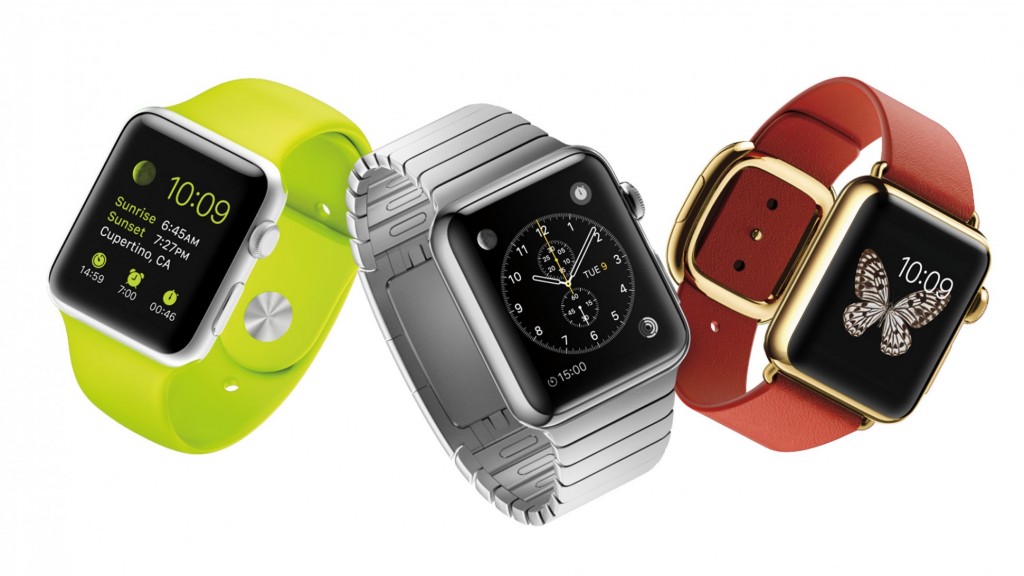The smart home market – projected to reach $34-billion in 2020 – is becoming the centre of activity for multiple IoT ecosystems, including wearables.
In a report from ABI Research, smart watches will drive the most interest for wearables integration into the smart home even though fitness trackers were approximately two-thirds of all wearable device shipments in 2014.
Recent announcements of Android Wear from Google and Apple Watch are driving integration efforts from various smart home platform vendors such as iControl, Alarm.com and Samsung’s SmartThings.
Wearables integration with smart home systems will drive more proximal network communications in the smart home. This is starting to happen as device vendors slowly start to open up their APIs and share data to deliver more interoperability between wearables and single point devices such as thermostats, door locks, lighting and smart home appliances.
 “The biggest challenge is delivering wearables value in the smart home while facing existing limitations such as device interoperability issues, closed platforms, limited processing and battery capacity,” says Adarsh Krishnan, Senior Analyst at ABI Research.
“The biggest challenge is delivering wearables value in the smart home while facing existing limitations such as device interoperability issues, closed platforms, limited processing and battery capacity,” says Adarsh Krishnan, Senior Analyst at ABI Research.
In the short term, wearables application in the smart home will focus primarily on delivering time critical notifications and alerts from smart home security applications.
Wearables’ role in the smart home will deliver significant value when physiological data points collected from wearable devices are leveraged to deliver services such as home healthcare, assisted living and user personalisation.
Among wireless connectivity technologies, WiFi and Bluetooth are likely to gain significant traction with wearables penetration in the smart home market.
Bluetooth smart technology, which has significant market share in wearable devices, will be instrumental in driving Bluetooth adoption in the smart home market competing with technologies such as Zigbee, Thread, Z-wave and other proprietary technologies.
